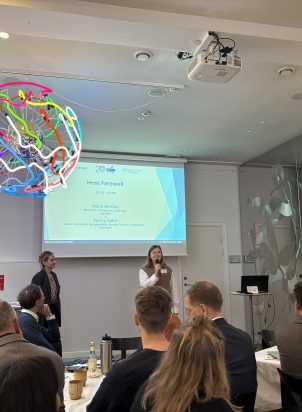For seven decades, Nordic citizens have had the opportunity to travel, live and work in another Nordic country without permits and with common rights. This was celebrated with a jubilee conference in Malmö, where Nordregio launched a report “Nordic Common Labour Market: 70 Years and Beyond,” examining the past, present, and future of this pivotal agreement.
70 years of Nordic labour mobility
Established in 1954, the Nordic Common Labour Market agreement has significantly facilitated cross-border employment, fostering economic cooperation and mobility. However, despite the longstanding cooperation, practical barriers such as as tax legislation and language barriers still hinder seamless cross-border labour movement.
To evaluate the impact of the agreement, Nordregio researchers Anna Lundgren, Gustaf Norlén, Debora Pricila Birgier and Nora Sanchéz Gassen presented a literature review, analysed available statistics, and conducted surveys, and interviews. The report reveals that while 15% of Nordic citizens move houses within their countries annually, only 40,000 people per year move to another Nordic country. Nordic citizens working and living in another Nordic country in 2023 was 1.6%. In the year 2000, this number was 1.9%, a lower average compared to 3.9% in Europe in 2023.
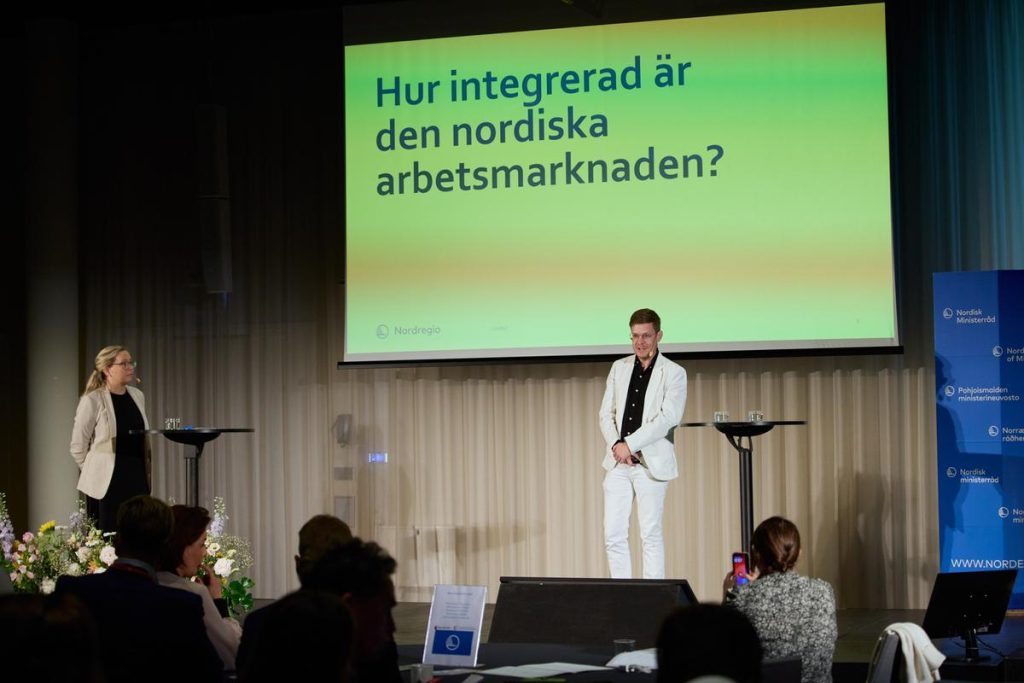
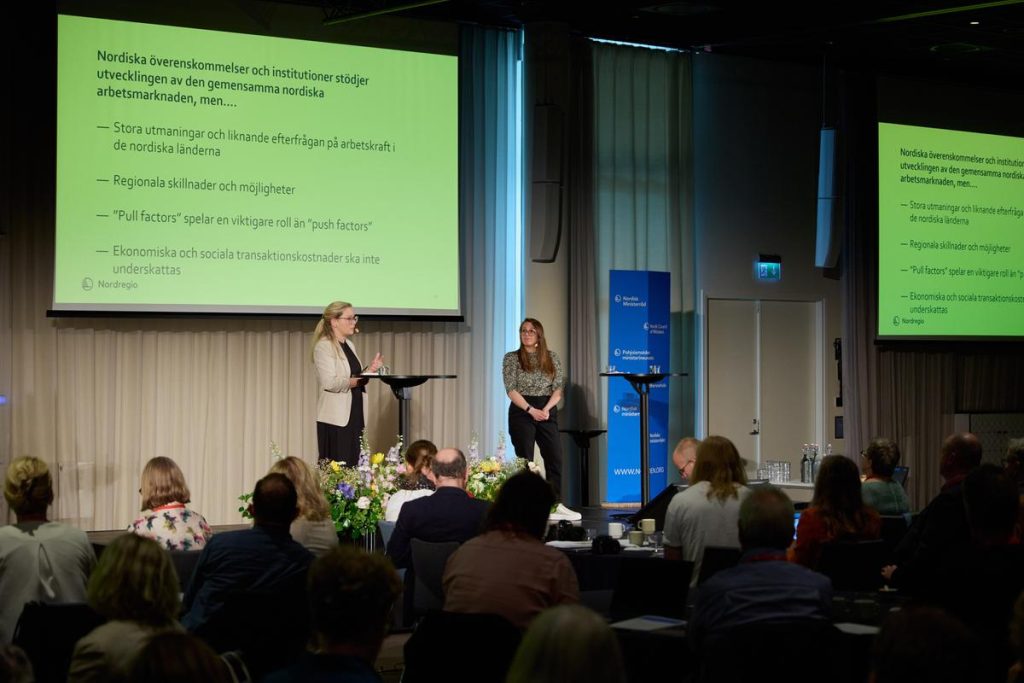
– What surprised me the most was the importance of geographical and cultural closeness when it comes to moving within the Nordic region. Norwegians form the largest minority population at the Swedish border. Similarly, Danes are also a prominent minority at the Swedish border. In Denmark, Greenlanders constitute the largest minority in several municipalities, underscoring the historical and ongoing connections within the Kingdom of Denmark, Anna Lundgren stated.
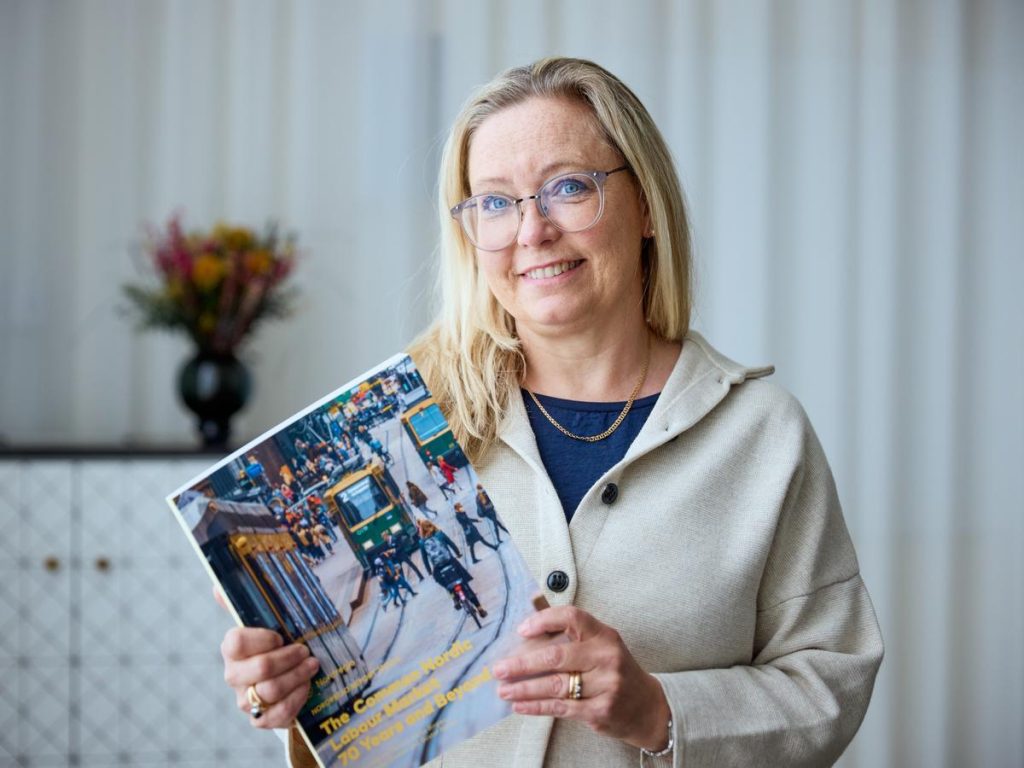
Key Insights from the report
- Migration shows a stable but declining trend: only 1.6% of Nordics live in another Nordic country.
- Commuting has seen a positive shift post-covid: but the share of commuting is lower than the European average.
- Migration is often temporary: most Nordic migrants return to their home country.
- Geographical and cultural proximity play a crucial role: we move to what is familiar.
- Pull rather than push effects: people often move TO something rather than FROM.
- We are facing a lack of health professionals: over half a million job openings in the sector await.
Reflecting historical migration trends, the largest group of migrants in Sweden are those older than 70, particularly those who moved from Finland during the 1970s. In contrast, Iceland and the Faroe Islands attract many young Nordic migrants. As seen in the key insights above, Nordics don’t migrant to neighbouring countries frequently, but when they do migrate, Sweden is the most popular choice.
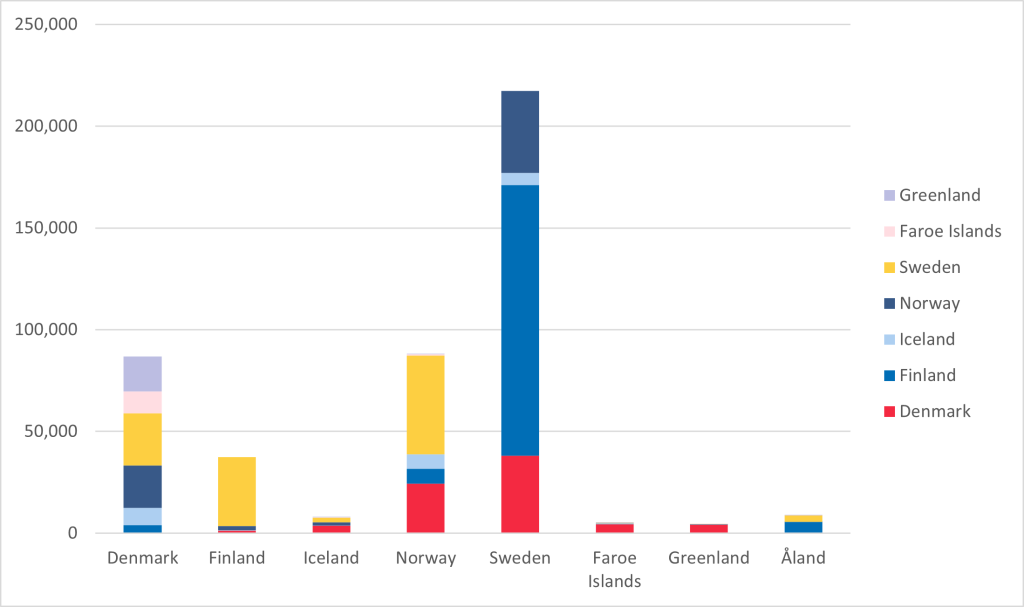
Jubilee conference in Malmö marking the 70 year anniversary
The Malmö conference featured key speakers from Nordic politics and academia. Jessica Roswall, the Swedish Minister for Nordic Cooperation, emphasised the need for an accessible labour market.
– To sharpen Nordic competitiveness, it must be easy to live, study, and work across the Nordics, she stated. An integrated Nordic Region without border barriers is essential.
Many speakers highlighted the need to remove border hindrances, which create hurdles for Nordic citizens and exclude third-country citizens from the labour market. This would allow a bigger workforce to contribute to the common Nordic labour market, and meet future demands.
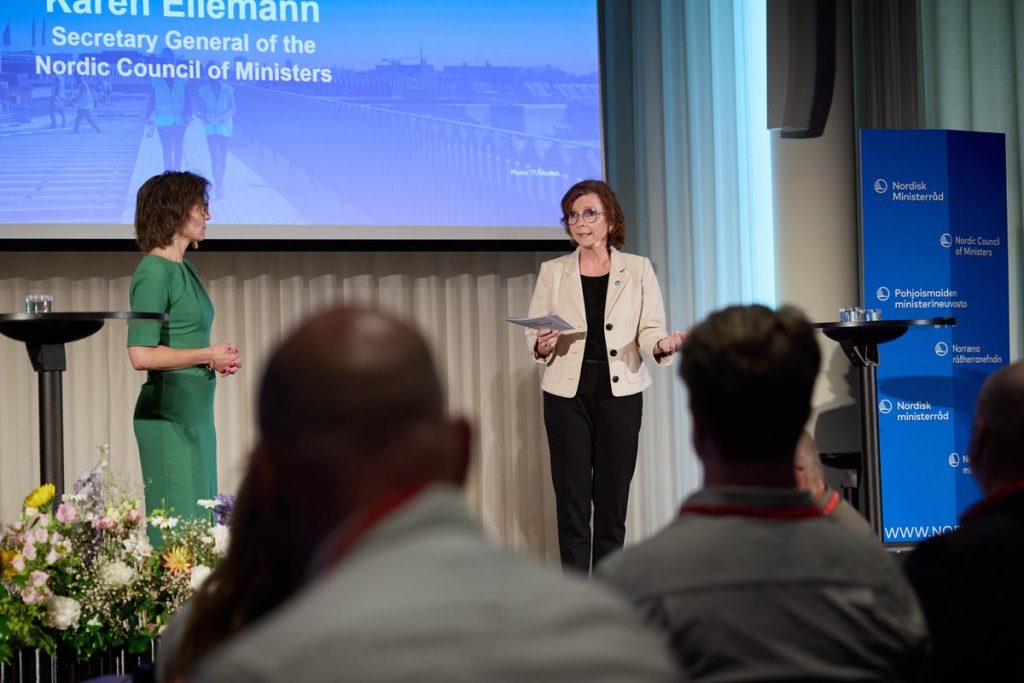
What is the demand for the future common Nordic labour market?
Apart from evaluating the historical impact of the agreement of a common labour market, our report also looks ahead to the future. Using forecasts from CEDEFOP, we can see that in line with the welfare state model, the largest employment is in the non-market services and there will be a high demand for highly educated workers. The Nordic Region is facing a lack of health professionals, with over half a million job openings in the sector. Business and administration will see around 600 thousand job openings.
The Nordic Region is seeing shrinking rural areas and growing urban areas and a bigger working-age population in the large cities. Challenges that the Nordic cooperation could solve together:
– We are facing shared challenges with the green transition, workforce shortages in healthcare, and a new geopolitical situation, which are providing opportunities for increased Nordic cooperation, Anna Lundgren stated in a panel discussion at the conference.
Visualising an integrated borderless future
The report also presents four forward-looking questions with the aim of starting a discussion about how the common Nordic labour market can be developed further:
- What if the Nordic Region was without internal borders? Neither for Nordic citizens nor for third country nationals, enhancing mobility and economic cohesion by removing administrative barriers.
- What would a fully integrated Nordic Region look like? Taking a job in another country with no need to contend with administrative hurdles regarding taxation, social security, eID, validation of education or work experience.
- What strategic Nordic infrastructure would the common Nordic labour market need? Access to affordable, reliable and sustainable transports for commuting, housing and broadband, easy access to interesting jobs and educational opportunities, and the feeling that working in another Nordic country is an improvement of some kind.
- What would Nordic cohesion for the next generation look like? Cultivating a strong Nordic identity and solidarity among the youth, where it is easy to speak, live and work across the Nordic countries.
– The past 70 years have shown us the power of cooperation. Moving forward, we must build on this foundation to create a labour market that is not only integrated but also resilient and innovative, Ellemann summarised.







